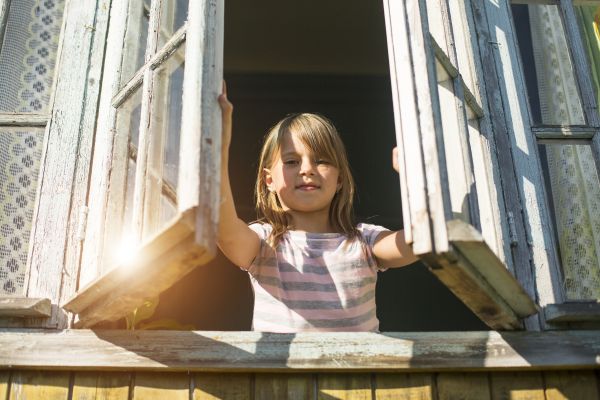Our #CloserToNature series of blogs aims to keep us connected with nature this spring while staying at home. Sophie Costain, Biodiversity Officer with DEFA and a keen ornithologist, urges us to throw open our windows and listen to nature's melody:
Spring is the perfect season to discover the power of bird song to soothe your mind and uplift the spirits, now that the males are in full voice, singing to attract a mate and establish a territory.
You don’t need to have any experience or equipment, just a willing ear and an open mind, and you don’t even have to leave your own home, just open up your windows or sit in your garden, if you’re lucky enough to have one.

Listen out for the simple ‘Tea-cher Tea-cher’ song of the great tit, the ‘Koo-Koooo-Koo’ of a collared dove, or even the ‘Kronking’ call of a raven as it flies overhead, as well as the many other songs which are impossible to express in simple words.
The high-volume output of the diminutive wren or the complex and musical song of the song thrush, who sings in repeated phrases from a high perch.
But you don’t have to be in the middle of the countryside, or have a garden, to enjoy birds.
In town centres listen for the noisy warbling, whistling and trilling of starlings, the chirping of house sparrows, or even the screeching of a peregrine falcon. And in May listen out for the, high-altitude, high pitched screaming of swifts, as they return from their African wintering grounds, to breed in our towns.
If you want to take it further, start trying to spot and identify the birds you can hear, to learn whose song belongs to who. There is plenty of guidance and videos online for free, or Apps available to download to help you learn.
If you are just starting out, don’t bite off more than you can chew. Try and learn the songs of just a few common species and once you feel fairly confident with these add a few more, and go from there.
And, while you are tuned in, don’t ignore the other sounds – the buzzing of bees, the rustling of leaves, the trickling of a nearby stream, or just appreciate the silence in between the sounds.
So, turn off your radio and TV (turn off the bad news), grab a cuppa, sit back, relax and enjoy nature’s melody.


